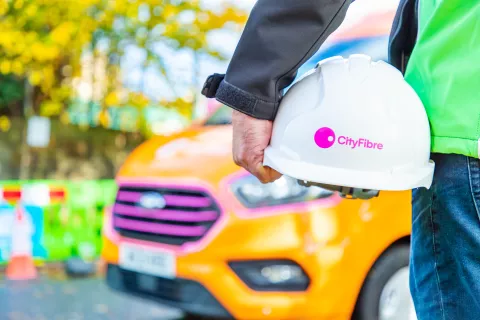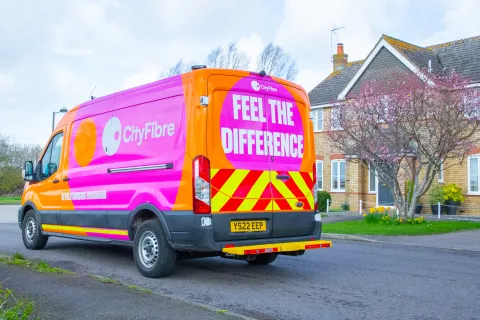It’s been three years since former chancellor George Osborne first coined the phrase, and almost a year since the first strategy was unveiled in the autumn statement, but many people across the north are still asking the question “will the Northern Powerhouse movement work or is it all just smoke and mirrors?”
Throwing Brexit into the mix has certainly not helped, but perhaps more would have been achieved by now if the focus was placed on the needs and demands of the future, rather than what might have benefited the region in the past.
Connectivity is rightly a central theme of the Northern Powerhouse strategy. However, much of the rhetoric to date has laboured on transport. While it’s undisputable that we will always need a fit-for-purpose cross country transport network, we must also consider the other forms of infrastructure that keep us connected and mobile. Put simply, the region’s digital highways are busting at the seams just as much, if not more than, its motorways and trains.
This isn’t just about better internet speeds, mobile phone signal and 4 and 5G connectivity – this is about building the foundation required to deliver success for each of the Northern Powerhouse’s objectives. And given the well documented link between connectivity and prosperity as well as increased efficiency, productivity and competitiveness, this foundation has to be full-fibre.
Alternative infrastructure provider, CityFibre has been leading the charge on transforming the UK’s digital infrastructure and has been the driving force behind the creation of 42 Gigabit Cities in the UK, including Leeds, Bradford, Sheffield, Hull, Huddersfield, Wakefield and York.
For the uninitiated, Gigabit Cities are geographical communities that have active full-fibre digital networks underneath their streets, providing ultrafast internet speeds (50 to 100 times the national average) and near unlimited bandwidth, unlocking business growth and skills, underpinning public services and smart infrastructure and driving inward investment. And when compared with the objectives of the Northern Powerhouse, the benefits of Gigabit City connectivity provide a perfect match and a much more affordable solution than new railway lines and roads.
For example, full-fibre infrastructure can help raise education and skills levels across the north by supporting new e-learning initiatives and the adoption of digital tools while helping young people gain the digital skills required by the modern work place. Similarly, it makes cities more attractive to new business start-ups, especially in the tech sector. The Northern Powerhouse region is in fact home to four of the UK’s 27 tech clusters (including the largest outside London), illustrating perfectly the changing face of the region as the fourth industrial revolution redefines traditional sectors such as manufacturing, engineering and business services.
Finally, it also sets the stage for a post-Brexit Northern Powerhouse that can compete with Europe where full-fibre has long been the standard. Inward investment from major industries and international firms will always be a coveted prize, so we must have the infrastructure, skills and ambition they need and expect.
In the words of Councillor Graham Turner of Kirklees Council, speaking at a recent event: “a new technically advanced digital infrastructure is just as, if not more, important than a physical transport infrastructure when it comes to accelerating the growth of a business community.” Ultimately, the Northern Powerhouse is about accelerating growth – so let’s keep the vision alive and alight with full-fibre.



